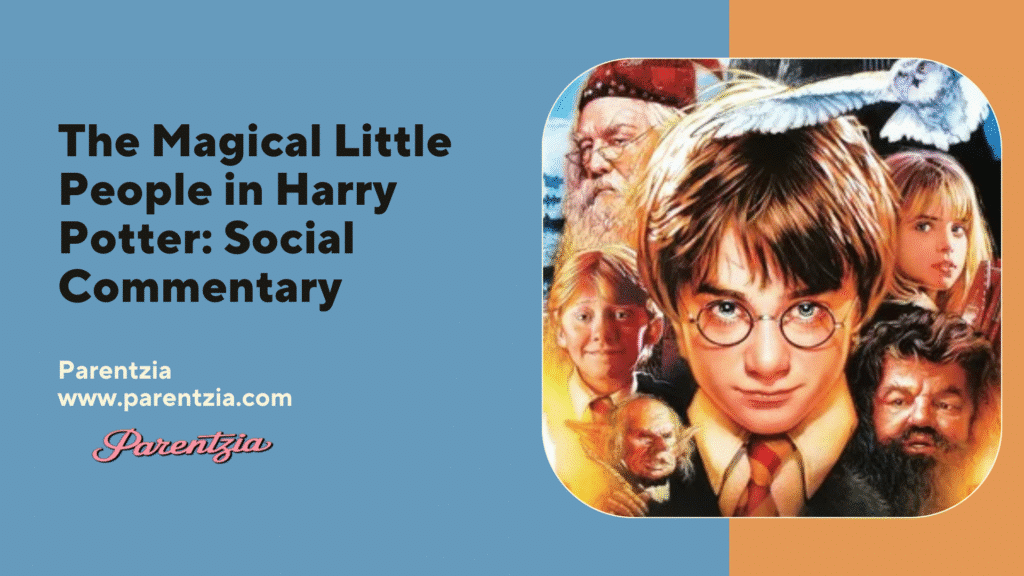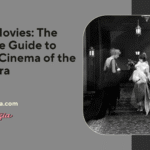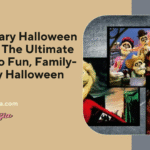The Harry Potter little people—house-elves, goblins, gnomes, and pixies—may be small in size, but they play some of the most compelling, symbolic, and emotionally resonant roles in the series. From Dobby’s heroism to the Gringotts Bank goblins’ guarded autonomy, these magical species reflect deeper social and political themes, including servitude, classism, and racial allegory.
This article unpacks the character roles, magical abilities, and symbolic meanings behind the non-human species in Harry Potter, offering a deeper dive into how they shape the wizarding world and echo real-world dynamics.
Introduction: Why the “Little People” Matter in the Wizarding World
In J.K. Rowling’s expansive universe, the wizarding world creatures aren’t just background noise. The Harry Potter little people serve as mirrors for the human condition. They’re used to explore complex topics like magical servitude, creature rights, and social hierarchy within magical society.
Whether it’s the loyal yet enslaved house-elves in Harry Potter or the fiercely independent yet distrusted goblins in Harry Potter, these beings challenge readers to think critically about inequality, freedom, and loyalty.
House-Elves in Harry Potter: Servants, Slaves, or Silent Heroes?
The house-elves in Harry Potter are magical beings bound by ancient laws of servitude to wizarding families. They possess powerful magic, often superior to human wizards in specific ways, yet they lack autonomy unless freed by a master.
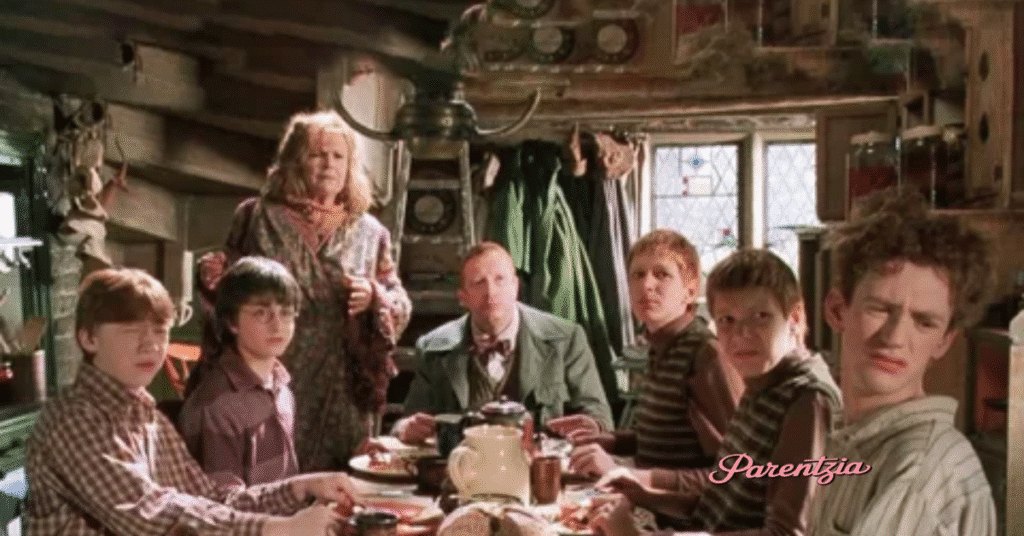
you might also like “Good Boy Movie Review (2024): A Bizarre Psychological Thriller”
Key Traits
- Magical Abilities: Apparition within Hogwarts, self-enhancing magic, household enchantments
- Dress Code: Rags unless freed (e.g., Dobby gains a sock)
- Loyalty: Conditioned to serve their masters without question
Notable House-Elves
| Name | Owner(s) | Personality Traits | Story Arc Highlights |
| Dobby | Malfoys (formerly) | Brave, idealistic, loyal | Gains freedom, helps Harry, dies heroically |
| Kreacher | Black family | Bitter, resentful, loyal | Evolves, aids in Horcrux hunt |
| Winky | Crouch family | Loyal, emotional, drunk | Suffers after dismissal, tragic figure |
The Dobby character embodies transformation. Initially introduced as comic relief, he becomes a symbol of rebellion and sacrifice, eventually giving his life to protect Harry and friends.
“Dobby has no master. Dobby is a free elf!”
The famous line echoes the yearning for freedom and dignity often denied to the powerless in both fiction and reality.
Goblins in Harry Potter: Power, Distrust, and Financial Control
Unlike house-elves, goblins in Harry Potter are not enslaved but still marginalized. They’re portrayed as shrewd, intelligent, and highly skilled in metalwork and finance.
Role in Wizarding Society
- Control Gringotts Bank and wizarding economy
- Forge powerful magical items (e.g., Gryffindor’s Sword)
- Governed by a distinct, rigid culture emphasizing ownership
Famous Goblins
- Griphook: A critical figure in the final book; helps break into Gringotts but betrays Harry
- Ragnok: Mentioned as a goblin leader in extended lore
- Bogrod: High-ranking goblin under Imperius Curse in Deathly Hallows
| Trait | House-Elves | Goblins |
| Status | Enslaved | Marginalized, semi-autonomous |
| Key Location | Wizarding households | Gringotts Bank goblins |
| Powers | Household magic, stealth | Forging, curse-breaking |
| Perception | Pitied or mocked | Distrusted |
| Narrative Arc | Redemption, freedom | Treachery, pragmatism |
This comparison fuels the ongoing debate: elves vs goblins — who is truly more oppressed, and who has more control?
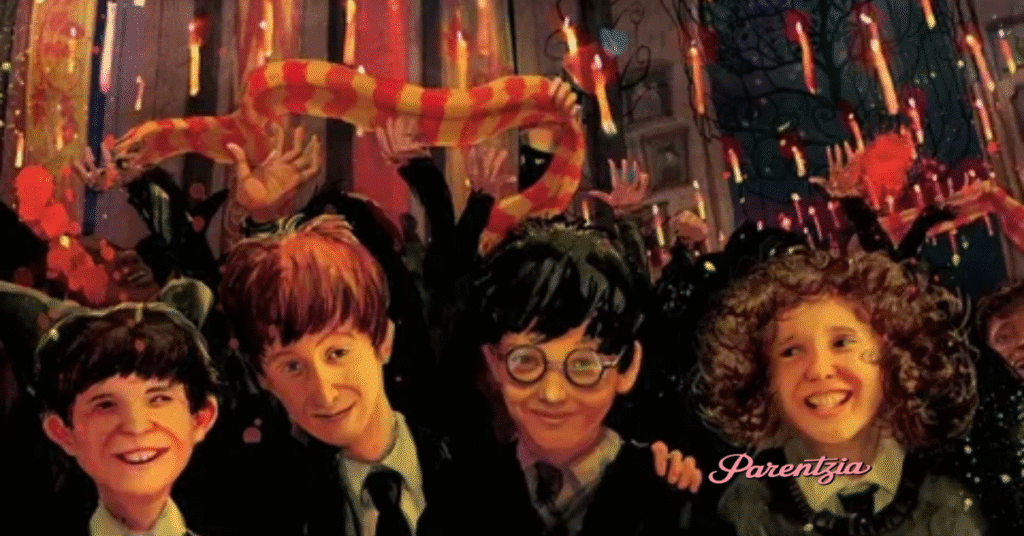
Lesser-Known Magical Little People: Gnomes, Pixies, and Leprechauns
Beyond the spotlight are other wizarding world creatures that, while smaller in role, contribute to the universe’s texture and folklore.
Gnomes
- Found in wizard gardens (e.g., The Burrow)
- Known for mischief, potato-like heads
- De-gnoming is a Weasley household chore
Pixies
- Introduced in Chamber of Secrets by Gilderoy Lockhart
- Blue, electric, chaotic; cause classroom havoc
- Noted for high-pitched voices and group behavior
Leprechauns
- Represent Irish Quidditch team in Goblet of Fire
- Emit gold coins that vanish — illusion magic
- Used more for spectacle than substance
Though often used for comic relief, these beings help build the magical ecosystem and support fantasy creature lore.
The Magical Hierarchy: Power Structures and Prejudice
Despite their magical prowess, many magical creatures Harry Potter are placed low on the totem pole. The Ministry of Magic classifies them under “Beings,” “Beasts,” and “Spirits” — an administrative separation that subtly enforces inequality.
Ministry Classification
- House-elves: Beings (yet with no rights)
- Goblins: Beings with limited autonomy
- Centaurs: Refuse classification to avoid disrespect
Hermione’s campaign through S.P.E.W. (Society for the Promotion of Elfish Welfare) tries to address these injustices. Yet her efforts are often ridiculed by her peers, signaling how deeply rooted discrimination is in the wizarding world.
“You’re laughing! You just think it’s a joke!”
Her struggle reflects real-world activism that is frequently dismissed.
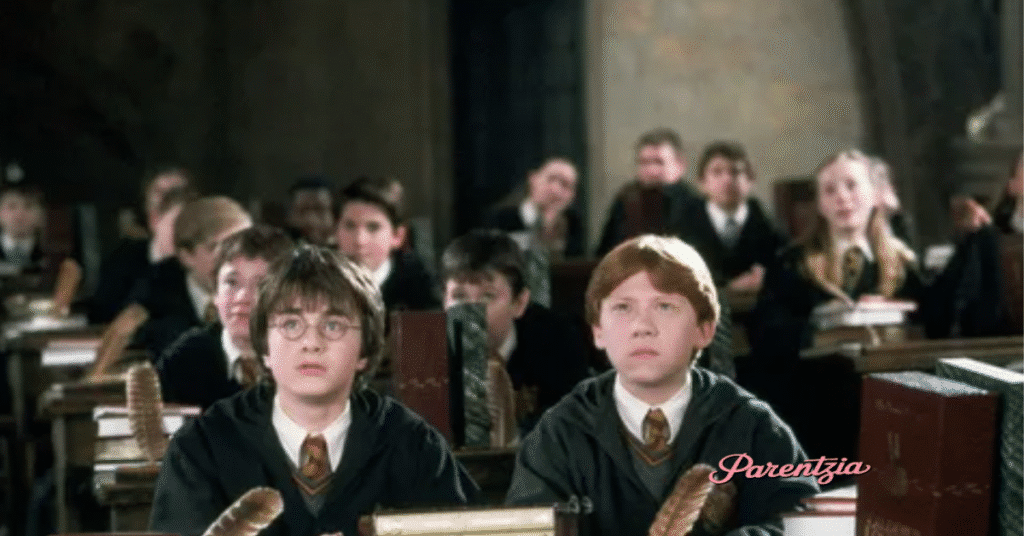
Symbolism: What Do These Creatures Represent?
The representation of elves in fiction often mirrors systemic inequality. In Harry Potter, these beings symbolize:
- House-elves: Slavery, blind loyalty, internalized oppression
- Goblins: Mistrusted minorities, cultural sovereignty, economic autonomy
- Gnomes/Pixies: Chaos, nuisance, misunderstood folklore
This use of magical species as narrative tools allows Rowling to comment on race, class, and historical injustice, even if unintentionally.
“The creatures who are smallest in body often carry the heaviest burdens.”
Controversy: Rowling’s Portrayal Under Scrutiny
Many critics argue that Rowling’s J.K. Rowling magical beings reflect problematic stereotypes:
Key Critiques
- Goblins resemble antisemitic caricatures: hooked noses, banking control, greed
- House-elves accept servitude, suggesting justification of slavery
- Lack of diverse character voices among these creatures
While some defend her world-building as allegorical, others see these depictions as outdated or harmful. The debate intensified after the release of Hogwarts Legacy, where goblins are depicted as villains again.
Fan Reactions
- Tumblr and Reddit threads debate ethical portrayals
- Fanfic communities re-imagine Kreacher and Dobby as revolutionaries
- Academic essays published on creature rights and magical servitude
Dobby Character Analysis: The Soul of the Series
The Dobby character stands out as a symbol of hope and agency. Initially bound to the Malfoys, his journey to freedom redefines the house-elf archetype.
Dobby’s Arc
- Book 2: Introduced, warns Harry
- Book 4: Gains employment at Hogwarts
- Book 7: Dies rescuing friends at Shell Cottage
His evolution from comical sidekick to tragic hero earned him fan adoration. Merchandise, tattoos, and murals celebrate his legacy.
“Here lies Dobby, a free elf.”
Few fictional characters have such a poignant send-off.
Elves vs Goblins: Power and Perception
Comparing elves and goblins reveals contrasting narratives:
| Category | House-Elves | Goblins |
| Magic | Enchanted servitude, stealth | Forging, banking, ancient curses |
| Role in Society | Domestic labor | Economic influence |
| Freedom | Rarely free | Free but distrusted |
| Narrative Use | Emotional anchors | Plot drivers and obstacles |
This table shows how Rowling uses these beings for narrative purpose. Elves connect emotionally with readers; goblins challenge heroes logistically and morally.
Cultural Impact and Legacy in the Wizarding World
The Harry Potter little people have far-reaching influence in media, fan culture, and themed experiences:
In Games and Films
- Hogwarts Legacy portrays goblins as rebel factions
- LEGO Harry Potter uses Dobby and Griphook in key missions
- Theme parks feature goblin animatronics inside Gringotts
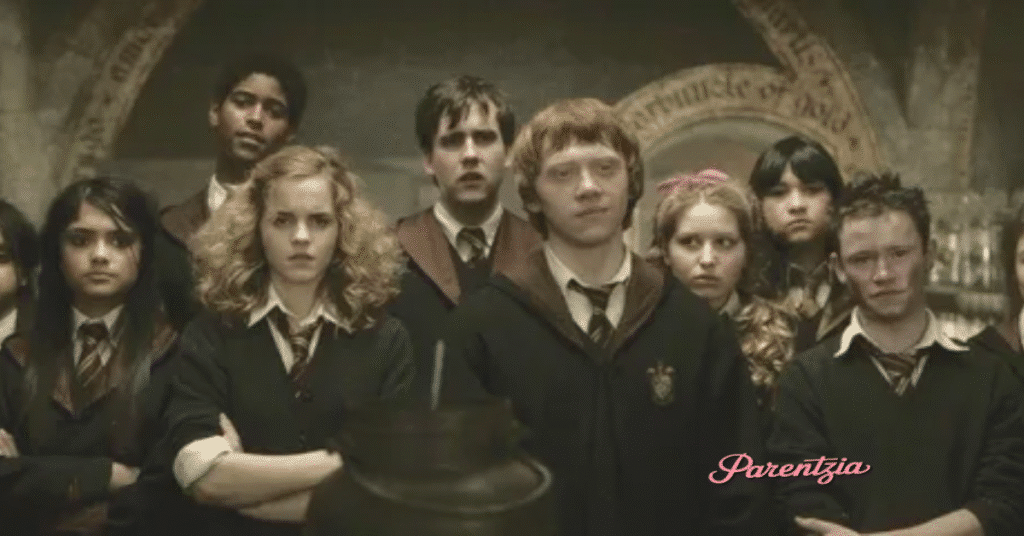
In Fandom
- Fan art often humanizes house-elves
- Memes like “Dobby is a free elf” remain evergreen
- Academic panels and blogs dissect non-human species in Harry Potter
Conclusion: Rethinking the “Lesser” Beings
The Harry Potter little people are anything but minor. Their roles are rich with symbolic meaning, echoing themes of loyalty, servitude, freedom, and prejudice. Whether it’s Kreacher and Dobby subverting expectations or Gringotts Bank goblins asserting control through gold, each magical being adds depth to the world and challenges readers to question what it means to be truly free.

Tina Grey is an experienced blogger with a passion for uncovering the best in film. With years of writing and a keen eye for detail, Tina brings insightful reviews and engaging content to Parentzia. Her deep love for movies, combined with her expertise, helps readers discover must-watch films across genres. When she’s not reviewing, Tina enjoys exploring new cinematic trends and sharing her love of film with her audience.

